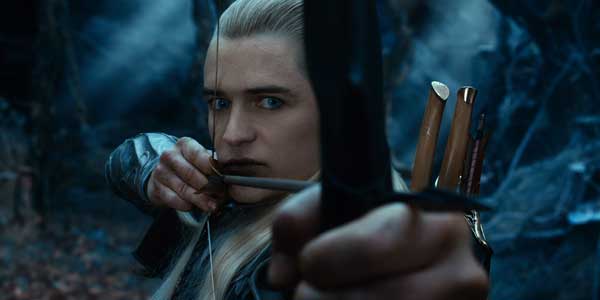
Director: Peter Jackson
Running Time: 161
Certificate: 12A
Release Date: December 13th 2013

After the massive success of Lord Of The Rings, The Hobbit: An unexpected Journey wasn’t as well received by fans and critics. This was due to running time, the lengthy introduction to all the new characters, as well as Peter Jackson’s controversial decision to film and project it at 48fps (which many complained gave it a video feel).
So has Jackson redeemed himself with the diehard fans of Middle Earth with part two of the Hobbit trilogy? Yes, Smaug is The Two Towers compared to the slower Fellowship of the Ring.
So what redeems this overstretched franchise of the small-ish Hobbit book? Like its predecessors it is overlong, rolling in at approx 161mins. However this time the film dives straight into the action, where our troop of Dwarves, Gandalf and Bilbo constantly face peril on their journey to reclaim Erabor from the almighty, conquering Smaug. They run, fight and float their way from Elves, shapeshifters, spiders and, of course, the Orcs.
Whilst An Unexpected Journey brought the welcome return of Galadriel and Gollum, they are sorely missed here. That said, with the reintroduction of Legolas and his fiery female elf companion, Tauriel (played brilliantly by Lost’s Evangeline Lily), a familiar feel is given to the movie, as well as introducing a new love interest between her and the dwarf Gili (Aidan Turner).
The return of Legolas reminds is of what was great about LOTR movies. With his swift action and prowess with a bow and arrow, Legolas is one of the stronger characters of the film franchise and helps bond the The Desolation Of Smaug together, despite his character not being in the original Hobbit book.
Highlights of the movie include the spiders in Mirkwood Forest, the dwarves escaping from the Elves in barrels (with one barrel going astray adding great humour) and, of course, the dragon Smaug himself, voiced menacingly by the versatile and in demand Benedict Cumberbatch.
Ian McKellen delivers as Gandalf, Richard Armitage has great emotional depth as the troubled and often angry Thorin, while Martin Freeman excels as our furry large footed friend Bilbo. He is far more likeable than Elijah Wood was as Frodo, who became more annoying with each film.
There is a significantly different feel between the Hobbit and LOTR, as there is between the books. LOTR was more ethereal, the soundtrack emphasising this with Celtic singers such as Enya and Annie Lennox. The Hobbit meanwhile has a more masculine feel, evidenced by the likes of Ed Sheehan providing the end credit song. Even the Woodland Elves seem to be more flawed than spiritual this time around.
LOTR: The Return of the King swept the board at the Oscars, whereas The Hobbit, walked away empty handed. Perhaps the second film will garner a few more for things such as costumes and makeup.
Overall Verdict: The Desolation Of Smaug is a thoroughly enjoyable middle film, which improves significantly on the rather slow Unexpected Journey. It does have a very abrupt ending though…
Reviewer: Stephen Sclater

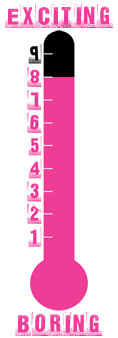
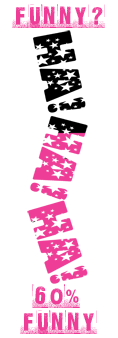
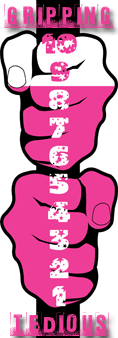
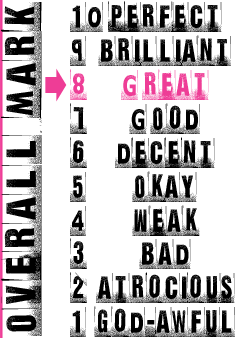
Leave a Reply (if comment does not appear immediately, it may have been held for moderation)